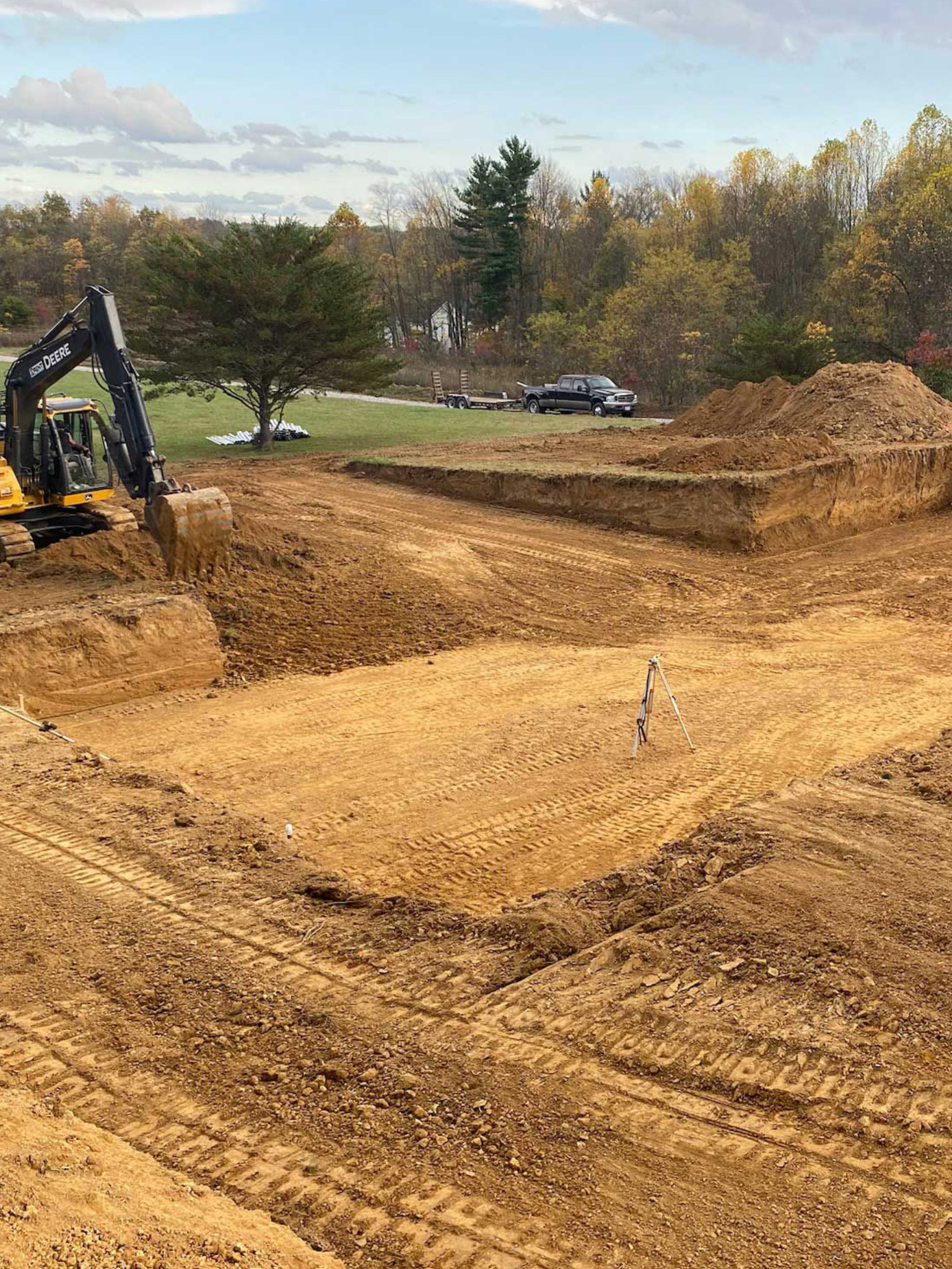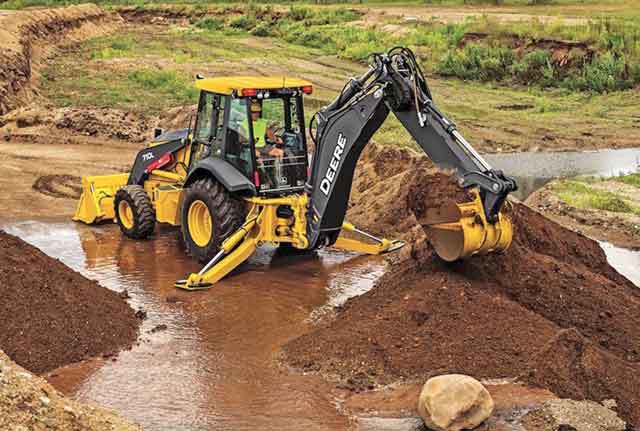Residential Excavating Ohio - Specialized Excavation for Ohio Houses
Residential Excavating Ohio - Specialized Excavation for Ohio Houses
Blog Article
Comprehensive Exploration: The Science Behind Superior Excavation Practices
From ancient hand tools to contemporary hydraulic excavators, the evolution of excavation techniques has actually been a testament to human ingenuity and technological innovations. What really sets superior excavation methods apart is a deep understanding of geological principles, paired with the utilization of advanced tools and methods.
Development of Excavation Techniques
Throughout history, the evolution of excavation methods has played a crucial function ahead of time building and construction methods and historical discoveries. From the simple tools utilized by our ancestors to the innovative machinery employed in modern-day times, the development of excavation techniques has dramatically transformed just how we come close to various tasks.
In old times, hands-on labor with standard devices such as wheelbarrows, shovels, and pickaxes was the main technique of excavation. This labor-intensive process restricted the depth and range of excavations, often resulting in slow-moving development and limited accessibility to specific sites. Nevertheless, as civilizations progressed, so did the techniques and devices made use of for excavation.
The Industrial Revolution noted a turning point in excavation practices with the intro of steam-powered machinery. This development reinvented the area, permitting faster and a lot more extensive excavations. In modern times, technology plays a critical role in excavation, with innovations like general practitioner systems, drones, and 3D scanning boosting precision and effectiveness in the area. The advancement of excavation techniques remains to form the means we build, discover, and understand the world around us.
Role of Technology in Excavation

The integration of advanced modern technology has actually basically reinvented the area of excavation, enhancing precision and effectiveness to unmatched levels - lancaster trenching. One of the vital technical improvements that has significantly impacted excavation methods is the utilization of GPS systems.
Furthermore, the advent of 3D modeling and simulation software application has structured the planning procedure for excavation jobs. Engineers and drivers can currently imagine the whole excavation process before beginning, enhancing and identifying possible challenges operations. In conjunction with this, the execution of drones in excavation tasks has assisted in aerial studies, volumetric dimensions, and site inspections with unequaled speed and accuracy.
Geological Principles in Excavation
An understanding of geological principles is essential for making sure the architectural integrity and security of excavation websites. Geological aspects play an important duty in determining the feasibility and safety and security of excavation jobs.
In addition, the geological structure of the area, including mistakes, cracks, and rock formations, must be thoroughly evaluated to determine prospective threats and difficulties. Excavating near geological fault or unstable rock developments can result in instability and prospective dangers. By conducting extensive geological surveys and analysis, engineers and excavators can develop techniques to mitigate risks and make sure the effective conclusion of excavation projects. Ultimately, incorporating geological principles into excavation methods is vital for accomplishing risk-free, efficient, and lasting results.

Latest Tools for Excavation
In the realm look at these guys of excavation techniques, modern advancements in tools have changed the effectiveness and accuracy of excavation processes. These drones can provide comprehensive aerial surveys of excavation sites, offering real-time data on topography and prospective risks.
One more cutting-edge device getting popularity is the execution of 3D printing modern technology for creating custom-made excavation equipment. This permits the manufacturing of specialized devices that are customized to the certain needs of a project, raising efficiency and lowering downtime.
Furthermore, advancements in materials scientific research have actually caused the development of stronger and a lot more long lasting excavation devices. lancaster trenching. Tungsten carbide-tipped excavator add-ons, for instance, offer premium efficiency in tough ground problems, enhancing productivity on-site
Science's Effect on Excavation Practices

Additionally, clinical study on dirt technicians and geotechnical engineering has given beneficial insights into dirt actions, allowing excavation experts to make enlightened decisions concerning excavation techniques and dirt stabilization strategies. In general, scientific research continues to drive advancement and improvement in excavation practices, making excavation projects more effective, cost-effective, and sustainable.

Verdict
To conclude, the development of excavation techniques has been greatly affected by improvements in innovation and a deeper understanding of geological concepts. The current tools and equipment made use of in excavation have improved performance and precision in the field. The application of clinical understanding has dramatically improved excavation practices, leading to a lot more efficient and lasting techniques for excavating various kinds of materials.
In the world of excavation methods, contemporary developments in tools have revolutionized the efficiency and precision of excavation procedures. By leveraging clinical principles, the excavation market has been able to considerably improve efficiency, precision, and safety and security in excavation procedures. GPR enables excavation teams to non-invasively check and map subsurface frameworks, utilities, and potential hazards, allowing them to prepare excavation projects check that with better accuracy and decreased risk of crashes.
Furthermore, scientific study on soil mechanics and geotechnical design has provided useful insights into dirt habits, allowing excavation experts to make informed choices concerning excavation approaches and soil stablizing methods. Overall, this content scientific research proceeds to drive development and enhancement in excavation practices, making excavation projects much more effective, cost-efficient, and sustainable.
Report this page